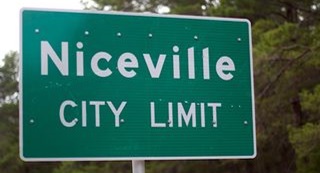Group performance depends on behavior that communicates one powerful overarching idea: We are safe and connected. ~Daniel Coyle

It’s not uncommon these days in my work for people to say that they don’t feel “safe” in their organizations. That means they aren’t speaking up in meetings or when they see that something can be improved they stay silent. If they have a differing view, you may never know, because they feel if they disagree it could cost them their job. Safety is one of three key components to building a thriving culture. Looking at it another way, safety is one-third of your culture, so yes, it’s significant.
Daniel Coyle breaks down each of the three culture components in detail in his book The Culture Code. He says one of the reasons people don’t feel safe is that they don’t feel that they belong. Belonging is critical. What really makes a difference is not the big events or grand rollouts, it’s the small, subtle ways that we communicate.
As an example, Coyle shares this research study to illustrate the point of communicating in a way that connects so others feel like they belong.
Would you give a stranger your phone?
The research study compared two scenarios.
Scenario 1: You are standing in the rain at a train station. A stranger approaches and politely says, “Can I borrow your cellphone?”
Scenario 2: You are standing in the rain at a train station. A stranger approaches and politely says, “I’m so sorry about the rain. Can I borrow your cellphone?”
So, to which stranger are you more likely to respond?
As Coyle says, “both strangers are making an identical request that involves a significant leap of trust.” However, the second scenario caused the response rate to jump 422 percent! “Those six words – I’m so sorry about the rain – transformed people’s behavior. The words were an unmistakable signal: This is a safe place to connect.
Leaders: Belonging is a narrative, not a tagline.
“Belonging needs to be refreshed and reinforced. It’s a narrative—you have to keep it going. A mere hint of belonging is not enough; one or two signals are not enough. We are built to require lots of signaling, over and over,” says Coyle.
Building belonging into your organization is not a one-time event. It’s a new way of life, a new way of communicating. It’s connecting first. We live in a “communicate fast” society. Slowing down to connect might feel unnatural but the long-term return will be exponential.
Leaders, slow down today and look for ways to connect.



